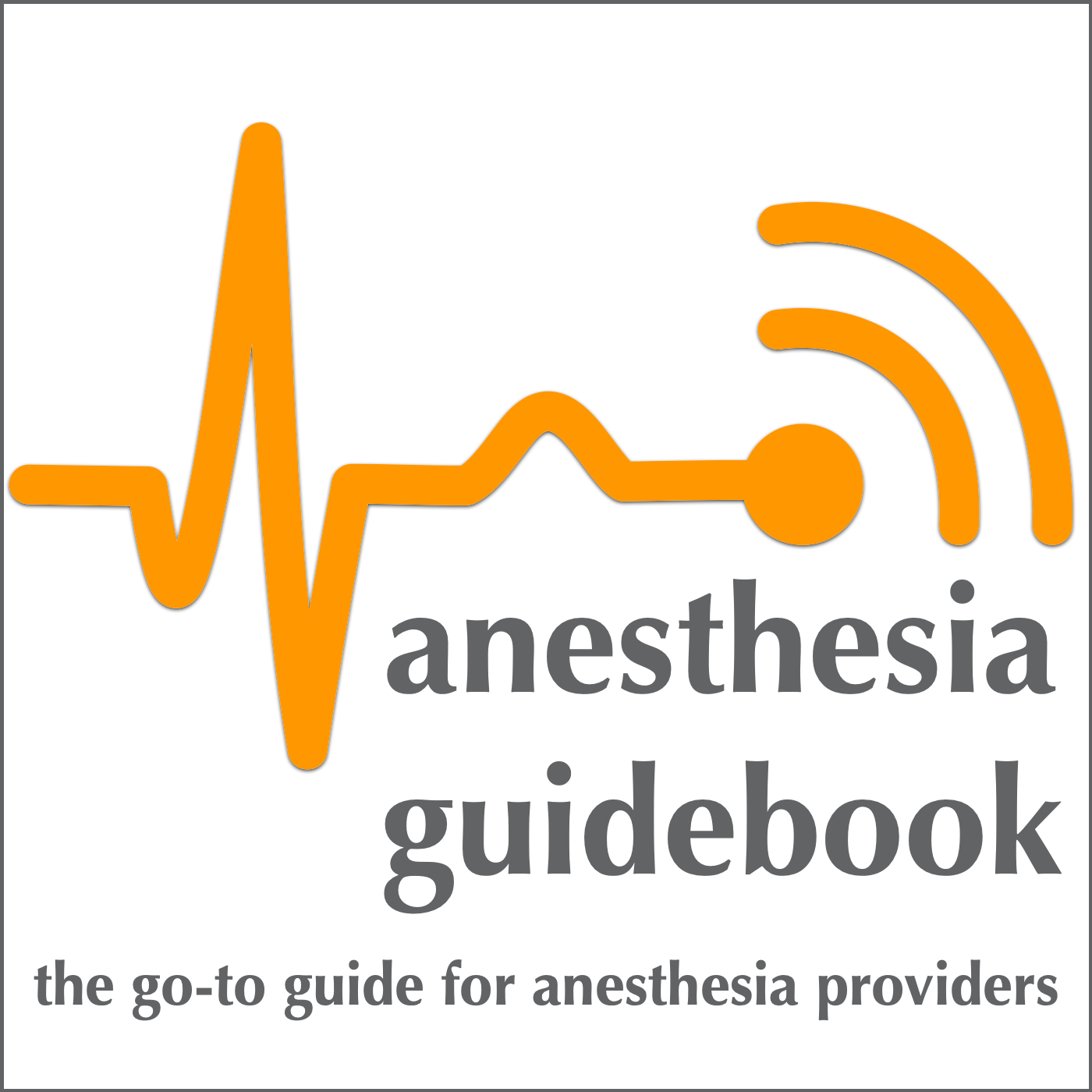#98 – A Deep Dive on Ketorolac with Elisabeth Stewart, MSN, MSNA, CRNA
Description
Elisabeth Stewart, MSN, MSNA, CRNA focused her Master of Science in Nurse Anesthesia project on the pharmacology of Toradol (ketorolac) and she’s here today to tell us all about it.
Elisabeth hails from Wisconsin, holds a BS in Mathematics with a pre-med concentration and engaged in HeLa cell cancer research prior to going to nursing school. She received a Master of Science in Nursing degree at the University of Wisconsin – Milwaukee, where she worked in a transplant ICU while completing her Clinical Nurse Leader degree and certification. Elisabeth followed that with her Master of Nurse Anesthesia degree at the University of New England and received the UNE Outstanding Student Award for her class. Her primary clinical site in training was Maine Medical Center in Portland, Maine. When Elisabeth showed up for day one of clinical, I was serving as the SRNA Clinical Coordinator and by the time she was completing her training, I was a year into my new role as Chief CRNA at Maine Medical Center. Elisabeth was one of the best SRNAs we’ve had roll through Maine Med in years and brought a degree of professionalism, conscientiousness and excellence in clinical care that inspired confidence in her practice and reallllly made me try to recruit her as a clinical staff. As it is, she’s chosen to start her career closer to family in Massachusetts and I wish her the absolute best moving forward.
I think you’re really going to enjoy hearing Elisabeth walk through the pharmacokinetics and pharmacodynamics of ketorolac with specific focus on the risk (or lack thereof) of bleeding with the use of ketorolac. Elisabeth focused primarily on the risk of bleeding in adult breast surgery patients. She reviewed 27 research articles to boil down what the literature says about the role of ketorolac in perioperative bleeding risk in breast surgery patients. Her full write up is attached in the show notes to this episode. And with that, let’s get to the show!
Careers at Maine Medical Center:
If you’re interested in joining our team at Maine Medical Center, reach out to me at [email protected] or apply for one of our CRNA positions in Portland, Maine at https://www.mainehealth.org/careers-job-opportunities
References
•Afonso, A., Oskar, S., Tan, K.S., Disa, J. J., Mehrara, B. J., Ceyhan, J., & Dayan, J. H. (2017). Is enhanced recovery the new standard of care in microsurgical breast reconstruction? Plastic and Reconstructive Surgery,139(5), 1053-61. https://doi.org/10.1097/PRS.0000000000003235.
•Barkho, J. O., Li, Y. K., Duku, E., & Thoma, A. (2018). Ketorolac may increase hematoma risk in reduction mammaplasty: A case-control study. PRS Global Open, 6, 1-5. https://doi.org/10.1097/GOX.0000000000001699
•Blomqvist, L, Sellman, G., & Strömbeck, J. O. (1996). NSAID as pre- and postoperative medication —a potential risk for bleeding complications in reduction mammaplasty. European Journal of Plastic Surgery 19, 26–8.
•Bongiovanni, T., Lancaster, E., Ledesma, Y., Whitaker, E., Steinman, M. A., Allen, I. E., Auerbach, A., & Wick, L. (2021). A systematic review and meta-analysis of the association between non-steroidal anti-inflammatory drugs and surgical bleeding in the perioperative period. Journal of the American College of Surgeons, 232(5), 765-90. https://doi.org/10.1016/j.jamcollsurg.2021.01.005.
•Cawthorn, T. R., Phelan, R., Davidson, J. S., & Turner, K. E. (2012). Retrospective analysis of perioperative ketorolac and postoperative bleeding in reduction mammoplasty. Canadian Journal of Anaesthesia, 59(5), 466-72. https://doi.
More Episodes
What’s up yall! This is Jon Lowrance and this is episode 105 of Anesthesia Guidebook – the impact of precepting on clinical learning with Jennifer Heiden. This episode is coming out on February 21, 2024.
Jennifer Heiden is completing her Doctor of Nursing Practice in anesthesiology at...
Published 02/21/24
Published 02/21/24
Chuck Biddle PhD, CRNA is a Professor Emeritus of anesthesiology at Virginia Commonwealth University and served as the editor in chief of the AANA Journal for 35 years. His anesthesia education & master’s degree are from Old Dominion University and he completed his PhD in Epidemiology at the...
Published 01/28/24


